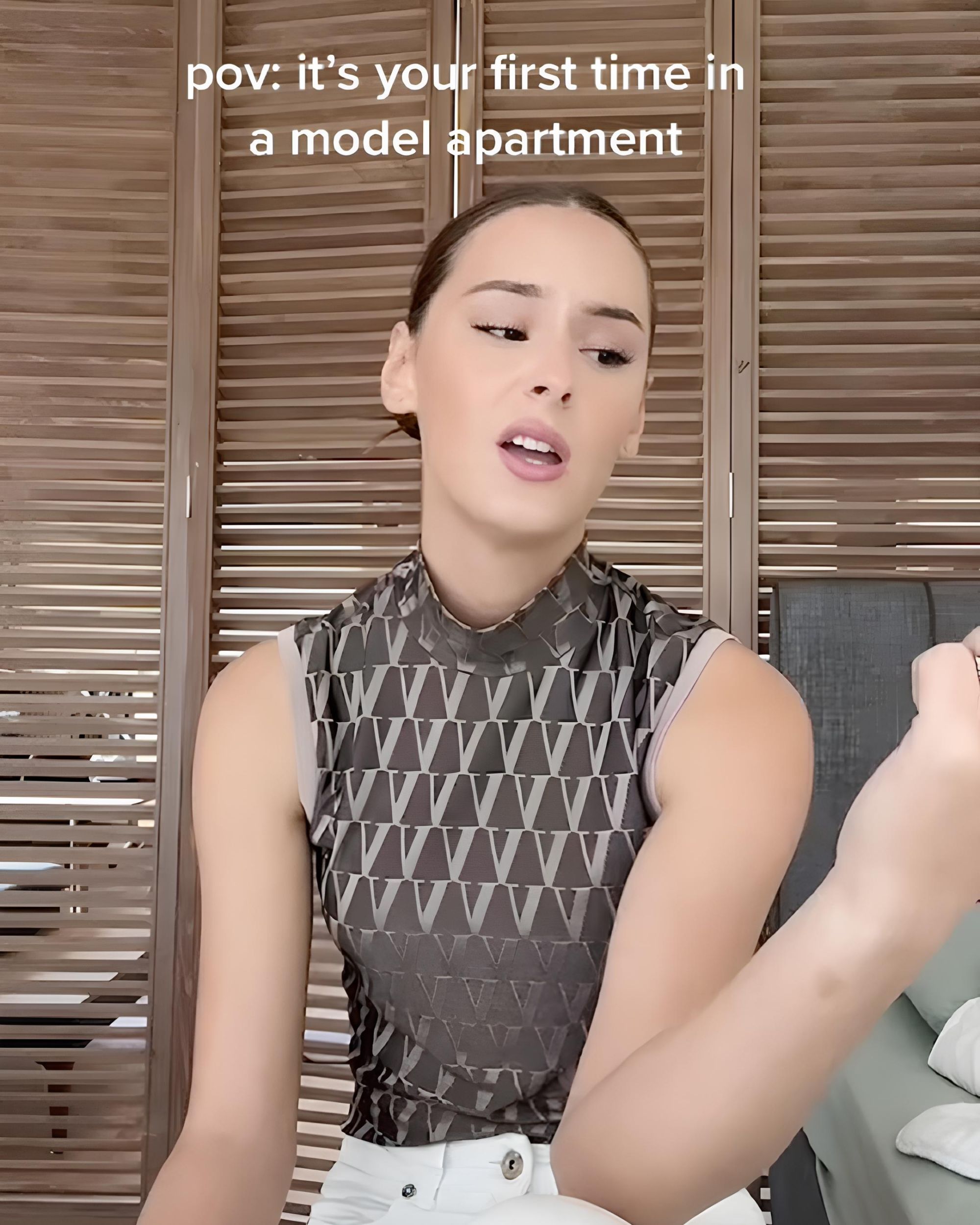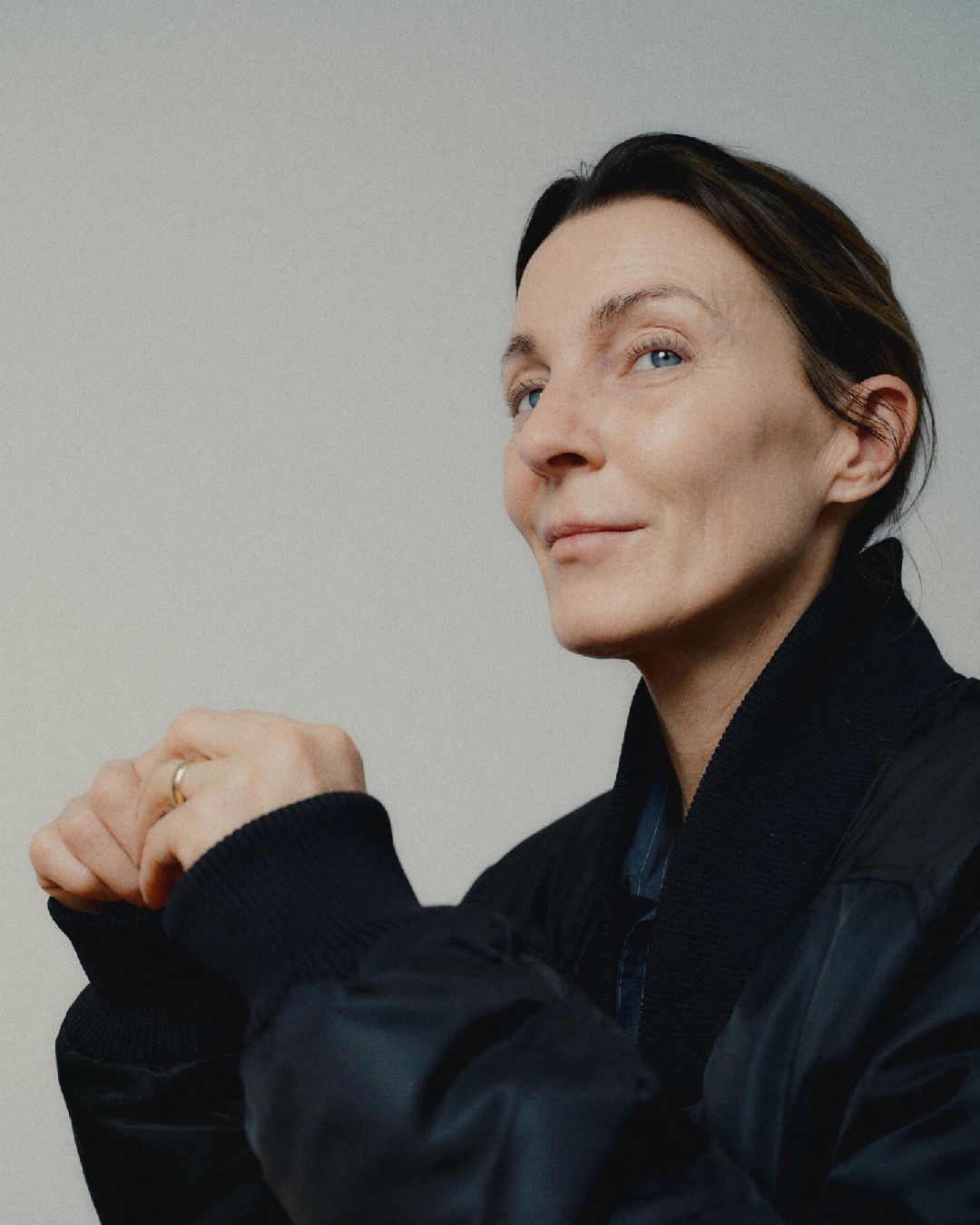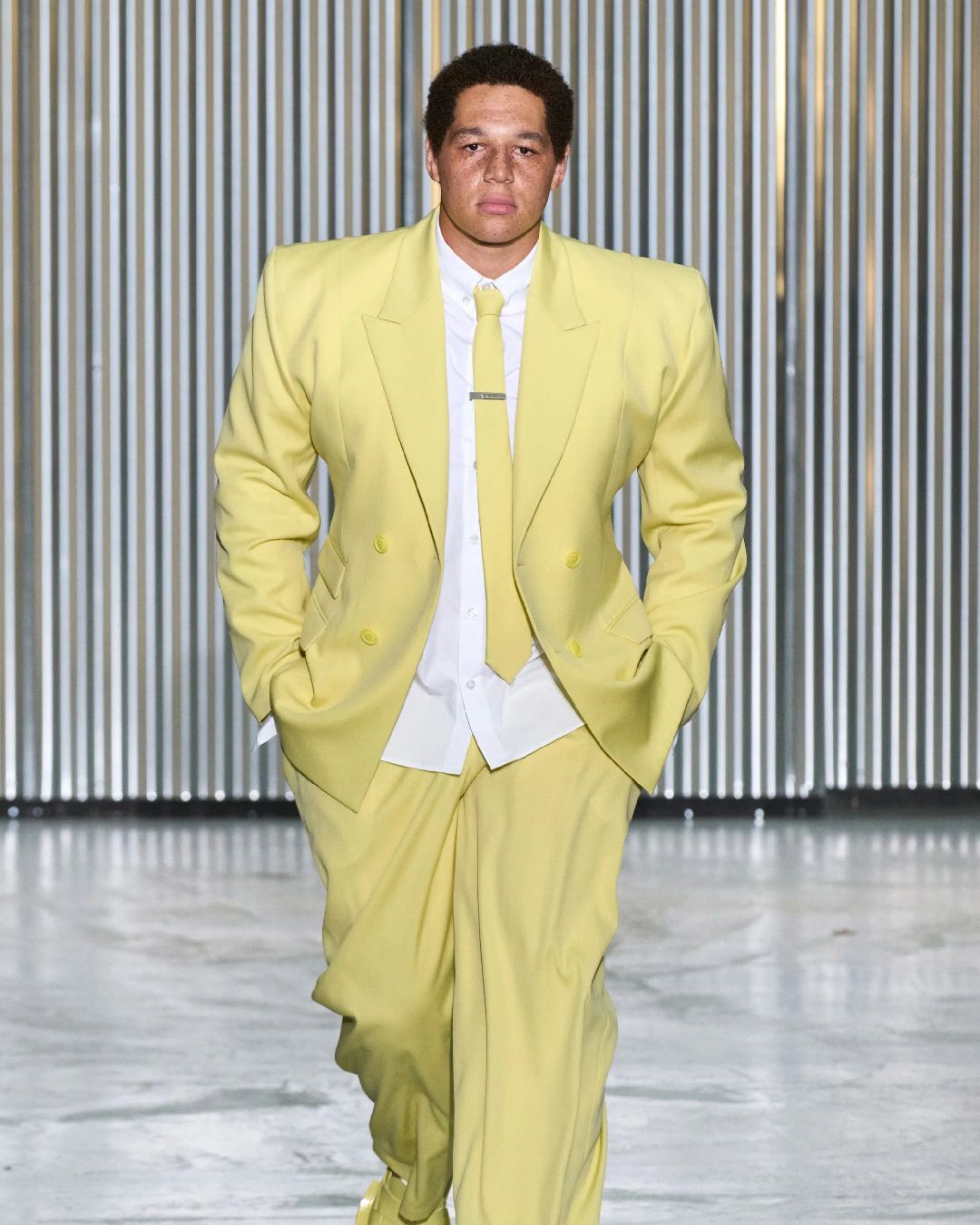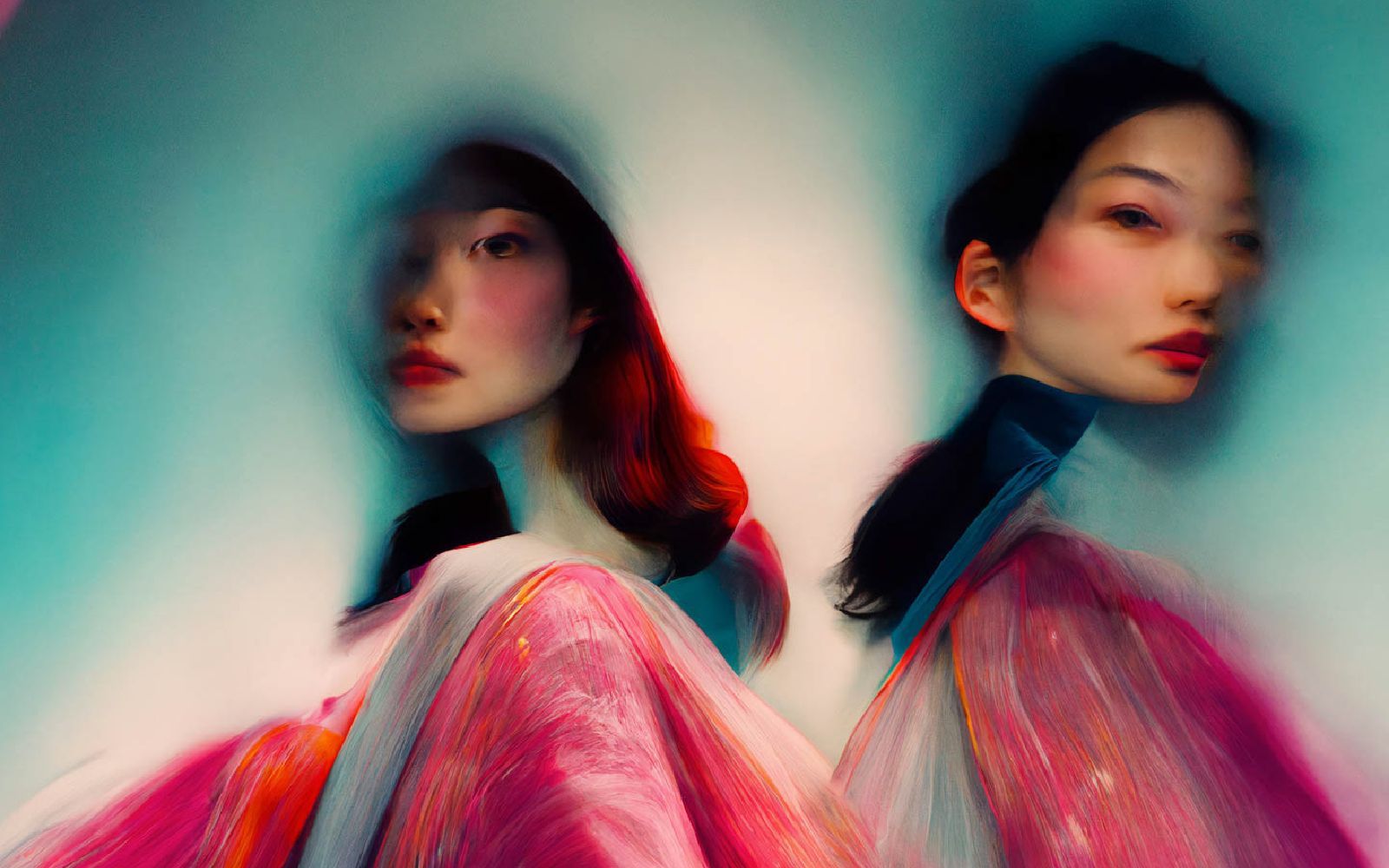
Modeling is becoming more and more difficult The casting boom is not necessarily good news
Precious Lee, Aaron Rose Philip, Winnie Harlow, Paloma Elsesser, Jill Kortleve: the new faces of inclusivity in high fashion show how the dominant beauty model, the prototype of the white and blond girl with a petite but statuesque physique that prevailed on the catwalks from the 1990s to the early 2010s, is now anachronistic. Although international fashion weeks are still firmly anchored on thinness, especially when it comes to menswear, the need for greater representation has called into question the very concept of 'model'. In an era in which anyone can attempt a modeling career, the usual ethereal beauties with emaciated faces are being flanked by new curvy faces, often under five feet, as well as a wider variety of racial and ethnic backgrounds: the only criterion required is individuality. But, as Melissa Magsaysay points out in Business Of Fashion, the casting boom is on the one hand great news for the construction of a new beauty model that is more inclusive and multifaceted than in the past, but it is not so good when it comes to salaries and competition.
With the advent of social media, the need to create increasingly targeted content at an ever faster pace has grown exponentially. Thanks to the need for a constant flow of digital ads and content on social media, « The need for resources is insatiable - Ben Sealey, founder and CEO of Cast Partner, a casting agency with offices in Los Angeles, New York, Miami, Mexico City and Mumbai, told BOF - the lifespan of a piece of content can be as short as a day, at least when it comes to digital. There is huge growth that shows no signs of slowing down.» Sealey cites the beauty industry as an example: whereas in the past there could be a maximum of 10 shades for a new foundation launch, today there can be as many as 50 shades to include any complexion, hence the need to have a model for each shade to be shot.
@beatricee.diana 'MoDeLiNG iSn't A ReAl JoB' #fyp #foryoupage #modeling #milan #summer More on my Yt channel #youtube sexy chick - speed songs
The casting boom is most significant in the mid-level market, with companies like Gap, Banana Republic, Nike, adidas and Walmart generating a huge amount of work. But budgets are split between e-commerce, advertising campaigns, influencers and media content, and so it is often models willing to accept lower rates or absorb travel costs in order to get noticed by a brand who are selected, thanks in part to an increasingly virtual casting process. «I think it's harder to be a model today, in terms of being able to get the same level of income as in the past - says Daniel Thomas Jones, co-founder and director of London-based modelling agency Chapter Management - without taking anything away from the achievements of models and agents in the past, I just think that between influencers, street casting and the more prolific use of musicians and actors, the standard model is facing more competition.» Supply is growing but so is competition, and the already complex world of modeling is becoming increasingly chaotic without clear regulations to govern it, with a billion clips testifying to the misadventures of the trade on TikTok. This is why the Fashion Workers Act, the new bill presented to the New York State Senate, was born, with the aim of fixing payments at 45 days after the end of the performance and ensuring transparent contracts for models, in the expectation of a significant change that could finally improve the living conditions of those who carry out a profession that is much more complex than it may seem.















































